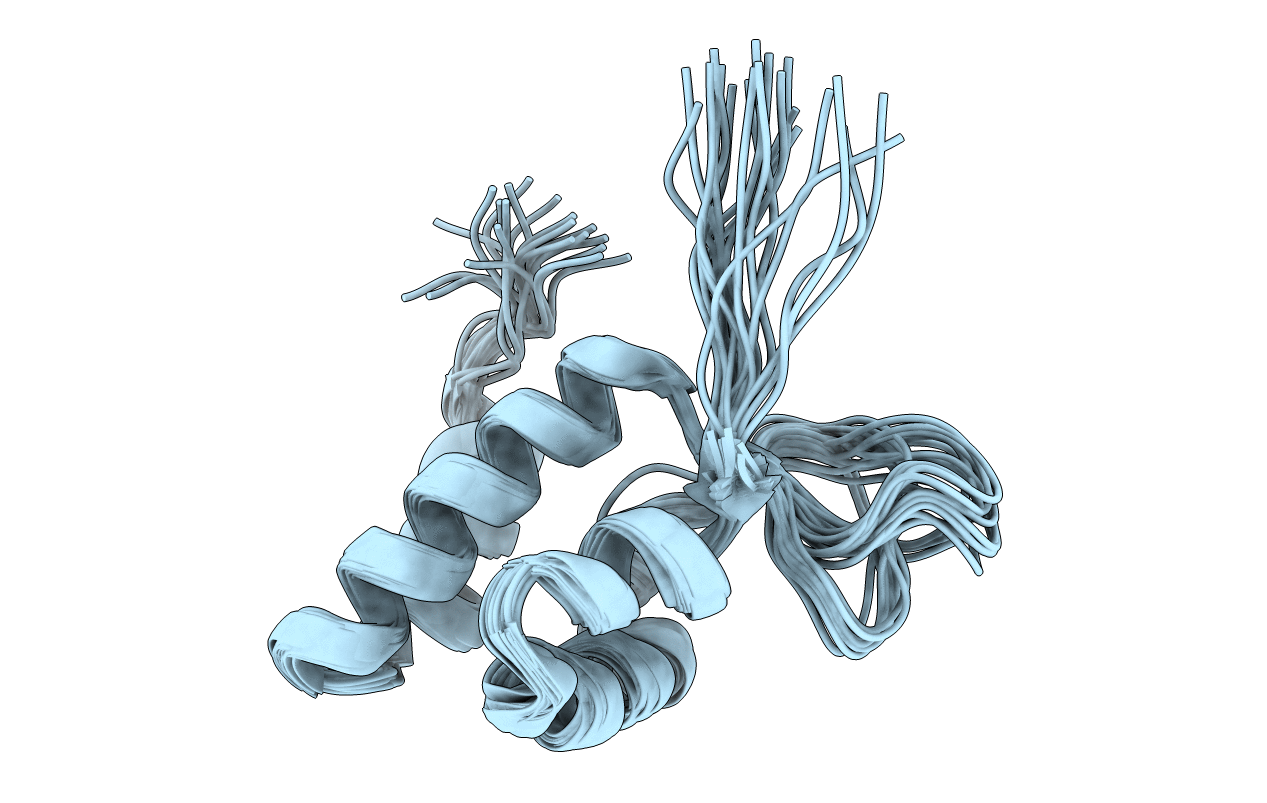
Deposition Date
2006-11-20
Release Date
2007-02-13
Last Version Date
2023-12-20
Entry Detail
PDB ID:
2JML
Keywords:
Title:
Solution structure of the N-terminal domain of CarA repressor
Biological Source:
Source Organism:
Myxococcus xanthus (Taxon ID: 246197)
Host Organism:
Method Details:
Experimental Method:
Conformers Calculated:
20
Conformers Submitted:
20
Selection Criteria:
all calculated structures submitted


